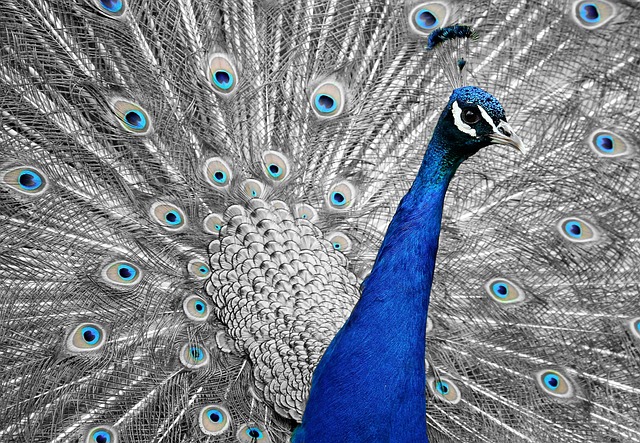Ink It Straight: Mastering Perfect Lines in Your Drawings
Every artist knows the special thrill of putting pen to paper—transforming blank surfaces into windows of imagination. Yet, among the myriad of techniques one can master, achieving that perfect straight line often feels like an elusive goal. Whether you’re sketching a city skyline or outlining the contours of a fantastical creature, straight lines serve as the backbone of clean and crisp designs. So, how do we get them just right?
The Importance of Straight Lines
Straight lines convey clarity and precision in your artwork. They guide the viewer’s eye and provide structure to your imagination’s most vibrant ideas. Think about the geometric shapes that punctuate your landscapes or the architectural details that breathe life into your illustrations. Without straight lines, even the most imaginative concepts can fall flat, lacking the essential balance and refinement that they demand.
Tools of the Trade
Before diving in, it’s crucial to equip yourself with the right tools. A fine-tipped pen or a mechanical pencil can help you achieve that sharp edge you’re after. Additionally, consider using a ruler or a straight edge—yes, it might feel like a student’s approach, but even the most seasoned artists benefit from a little guidance. Remember, even the best artists occasionally lean on tools to enhance their craft!
Techniques for Achieving Perfect Lines
Here are some techniques you can adopt to ensure those lines flow flawlessly across your page:
- Mind the Grip: Hold your pen or pencil loosely. A tight grip can lead to shaky lines. Instead, use a relaxed hold and let your hand guide the tool gracefully across the surface.
- Practice Makes Perfect: Dedicate some time each day to practice your straight lines. Draw horizontal, vertical, and diagonal lines repeatedly. This simple exercise can greatly improve your control over the tool.
- Use Guiding Marks: Lightly sketch reference points or dots on your page to serve as endpoints. This helps in ensuring your lines are directed correctly and offers a pathway for your hand to follow.
- Track Your Movement: Pay attention to how your hand and wrist are moving as you draw. Establish a fluid motion and let your entire arm move when executing particularly long or ambitious lines.
Experiment with Perspective
Straight lines also play a crucial role in establishing perspective in your art. Whether it’s the receding lines of a road leading off into the horizon or the straight edges of buildings leaning towards a vanishing point, these elements create a depth that adds richness to your work. Understanding how to manipulate lines for perspective will take your drawings to the next level.
Incorporate Technology
If traditional methods seem daunting or if precision is key, don’t shy away from digital applications. Software like Adobe Illustrator or Procreate offers tools that allow you to create perfectly straight lines with ease. Use the digital platform to practice or refine your skills before transitioning back to traditional mediums.
Ultimately, achieving perfect straight lines in your drawings takes dedication and practice. Be patient with yourself as you develop this skill. Every artist, at one point, faced challenges with line work, but with persistence, you can make straight lines an intrinsic part of your artistic voice.
So, grab your tools, channel your ambition, and let those straight lines guide your creativity as you embark on another illustrative journey! Remember, every line you draw is a step towards mastering your craft.




